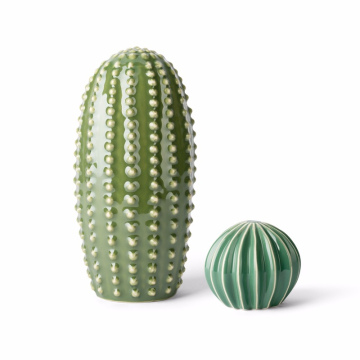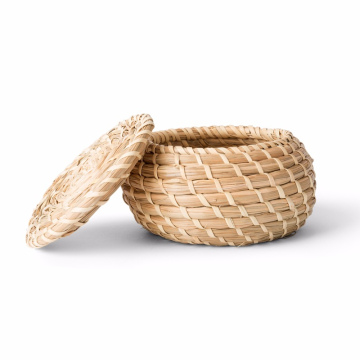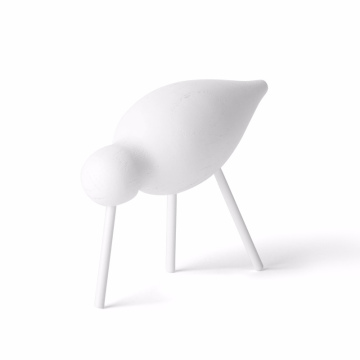Discovering Hawaii's Breathtaking Beaches
The Allure of Hawaiian Beaches
Hawaii's beaches are renowned for their extraordinary beauty and captivating landscapes, which draw millions of visitors each year. The unique geographical features found within this tropical paradise significantly contribute to the allure of its coastal areas. One notable element is the volcanic sand that characterizes many of Hawaii's shores. This black or green sand, derived from volcanic activity, offers a striking contrast to the azure waters, creating picturesque scenes that are both breathtaking and distinctive.
In addition to volcanic sand, the vibrant coral reefs surrounding the islands play a crucial role in enhancing the ecological diversity of Hawaii's beaches. These natural structures, teeming with marine life, serve as a vital habitat for various species, making these waters ideal for snorkeling and diving enthusiasts. The colorful corals contrast brilliantly with the crystal-clear waters, showcasing an underwater spectacle that attracts both local and international tourists.
Furthermore, the lush tropical vegetation that often fringes the shoreline adds an enchanting aspect to these coastal landscapes. Palm trees, hibiscus flowers, and other native flora grow abundantly, creating a tranquil and inviting environment for beachgoers. The combination of vibrant plant life and expansive sandy stretches offers ample opportunities for relaxation and recreation, including sunbathing, beach sports, and leisurely strolls along the shore.
The alluring beauty of Hawaii's beaches is not merely surface-level; it is a harmonious blend of natural elements that together form some of the most picturesque coastal environments in the world. Each beach, with its own unique characteristics and charm, provides a stunning backdrop that captivates the imagination and allows visitors to connect with nature in a profound way. The overall experience of visiting Hawaii’s beaches offers a serene escape that highlights the importance of preserving these delicate ecosystems for generations to come.
Top Beaches to Visit in Hawaii
Hawaii, renowned for its stunning natural beauty, features a variety of breathtaking beaches that cater to all tastes. One iconic destination is Waikiki Beach, located on the island of Oahu. Known for its golden sands and gentle waves, Waikiki provides a vibrant atmosphere with numerous water sports, including surfing and paddleboarding. This beach is also home to a variety of shops, restaurants, and cultural experiences, making it an excellent choice for both relaxation and exploration.
Moving to the island of Kauai, Hanalei Bay stands out as a picturesque location, framed by lush green mountains. With a tranquil ambiance, this crescent-shaped beach is ideal for swimming and snorkeling, especially during the summer months when the waters are calmer. Hanalei Bay is also close to the charming town of Hanalei, where visitors can enjoy local cuisine and unique shops. When visiting, it is recommended to explore the nearby Na Pali Coast, which offers breathtaking hiking adventures.
For a different experience, Punalu’u Black Sand Beach on the Big Island is a must-see. This unique beach, with its striking black sands formed from volcanic activity, provides a fascinating setting for sunbathing and photography. Visitors can often spot sea turtles basking on the shore or swimming in the waves. The beach also serves as a great starting point for exploring Hawaii Volcanoes National Park, where guests can witness the awe-inspiring geology of the island. To fully enjoy your time at Punalu’u, arrive early to appreciate the serene environment before the crowds gather.
These beaches provide a glimpse into the diverse beauty of Hawaii, offering visitors distinct experiences that embody the islands' unique charm. Each beach features its own allure, making Hawaii a premier beach destination worth exploring.
Activities and Adventures by the Shore
Hawaii's breathtaking beaches offer a diverse array of activities and adventures, catering to both relaxation and thrill-seeking visitors. One of the most popular pastimes on these beautiful shores is snorkeling, where beachgoers can explore vibrant underwater ecosystems filled with colorful fish and intricate coral reefs. With many access points directly from the beach, snorkeling allows for an intimate experience with Hawaii's unique marine life, including the majestic sea turtles that frequent these waters.
For those seeking a more exhilarating option, surfing is synonymous with Hawaiian culture and an essential activity for any visitor. Renowned for its world-class waves, Hawaii boasts numerous surf spots, ranging from beginner-friendly breaks to challenging swells that attract seasoned surfers. Surfing lessons are widely available, ensuring that anyone can catch their first wave and enjoy the thrill of riding the surf.
Additionally, simply swimming in Hawaii's warm, clear waters provides a refreshing way to enjoy the sun and surf. Many beaches are equipped with lifeguards, making them safe spaces for families to enjoy. Beach volleyball is another popular activity, with courts set up along many sandy shores, inviting both casual play and organized tournaments.
Water sports such as paddle boarding and kayaking are also prevalent along Hawaii’s coastline. These activities not only offer a fun way to explore the coastline but also provide opportunities to engage with nature on a deeper level. The importance of beach safety cannot be overlooked; awareness of local conditions, potential hazards, and respecting the marine environment is essential for ensuring an enjoyable experience. By adhering to guidelines and being mindful of coral reefs and sea life, visitors can help preserve the beauty of Hawaii's beaches while immersing themselves in its manifold activities.
Experiencing Hawaiian Beach Culture
The beaches of Hawaii are more than just picturesque landscapes; they are integral to the cultural fabric of Hawaiian society. Traditionally, these coastal areas have served not only as relaxation spots for residents and visitors alike, but also as venues for cultural expression and community engagement. One of the most notable aspects of Hawaiian beach culture is the vibrant performances of hula dancing, which often take place on the sandy shores. Historically, hula has been a means of storytelling and connecting with nature, reflecting the deep reverence Hawaiians have for their surroundings.
Additionally, the melodious strains of the 'ukulele can frequently be heard wafting across the beaches, as locals and tourists alike gather to play and sing together. This enchanting instrument, rooted in Hawaiian music, serves as a bridge between generations, fostering a sense of community. Visitors to the islands are often encouraged to participate in these musical gatherings, helping to create a welcoming atmosphere that embodies the spirit of aloha.
Beyond recreational activities and performances, beach ecosystems hold significant environmental importance in Hawaiian culture. The beaches are not only places of leisure but also habitats for various marine species. The health of these ecosystems is paramount, as they are vital to sustaining the traditional fishing practices that have supported Hawaiian communities for centuries. Preserving the integrity of beach environments thus becomes a critical responsibility shared by both locals and visitors. Engaging in volunteer clean-up efforts or participating in educational programs helps cultivate an awareness of sustainable practices that honor the natural beauty of Hawaii.
In engaging with the various elements of Hawaiian beach culture, visitors gain insight into a society deeply intertwined with its natural environment. By embracing these traditions and supporting conservation efforts, one can appreciate the rich cultural tapestry that thrives along Hawaii's breathtaking shores.






